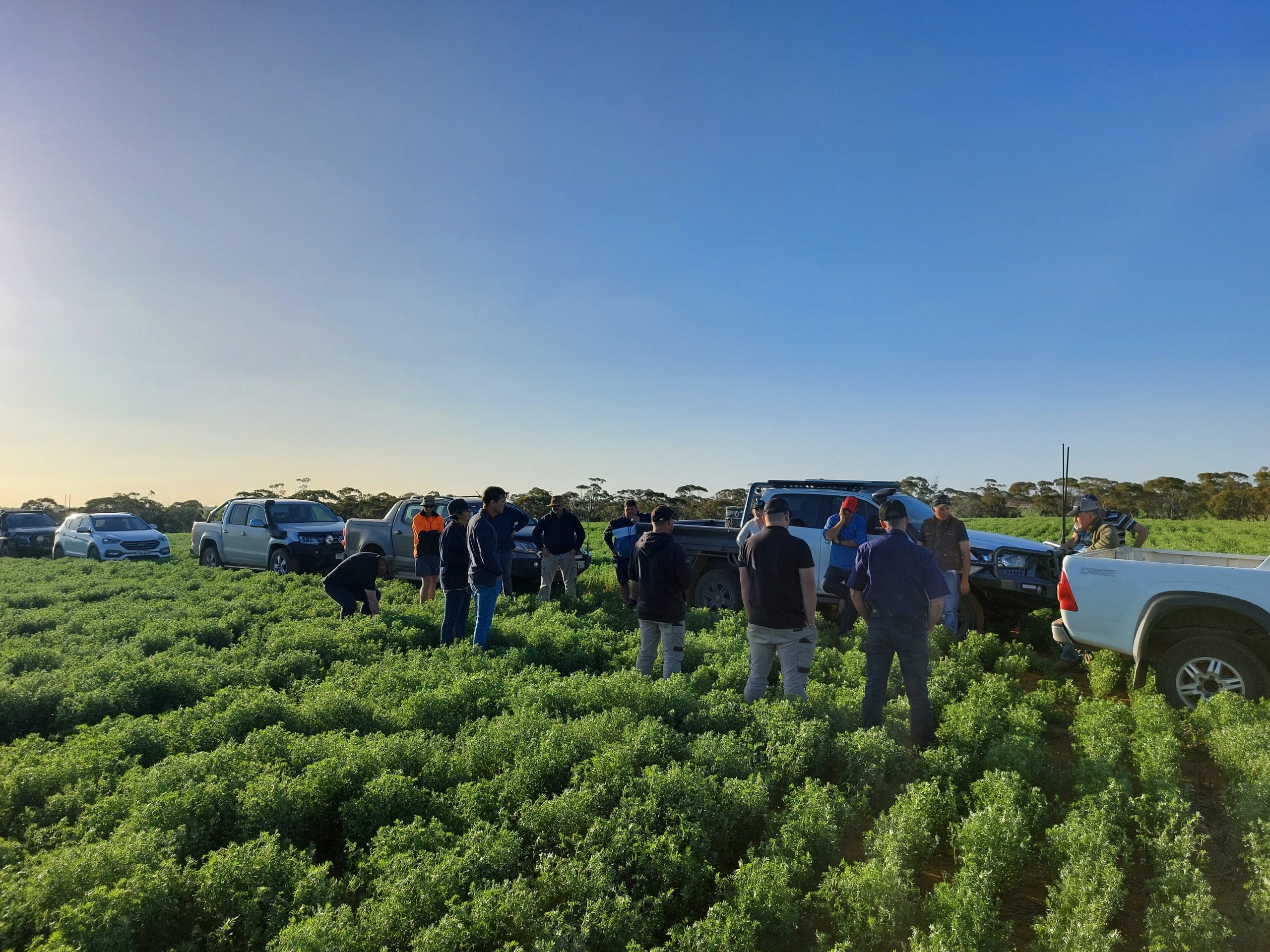Developing robust ground cover
Enhancing drought resilience and groundcover management in low-rainfall farming.
Key objectives
About the project
We all know how beneficial groundcover is for improving rainfall infiltration, reducing runoff and lowering erosion risk. Retaining groundcover during drought means paddocks quickly regain production potential when the drought breaks and need less remediation than those that suffered erosion.
Ofcourse, maintaining drought resilient groundcover in low rainfall environments is always a challenge. In drier years there is simply less biomass to become protective stubble. More legumes in rotations have had many agronomic benefits such as building soil nitrogen and disease control, but means limited stubble after harvest.
It’s tough, but there are more options on the horizon to help farmers keep groundcover in dry periods.
Since 2021, six projects have been underway that explore practices and technologies to maximise groundcover in the system year- round. Supported through $2.5 million in funding from the Australian Government Future Drought Fund, the projects cover a range of strategies that improve crop establishment and reduce stubble disturbance and degradation at multiple points throughout the season:
These projects were chosen because the technology is either already in use in other regions (and needs assessing and adapting to suit low rainfall environments) or is close to market.
Seed priming

Long coleoptile wheat


Strip and disc systems


Virtual fencing


Soil amelioration options


Podcasts
Videos
Acknowledgments

Working together with farmers


























